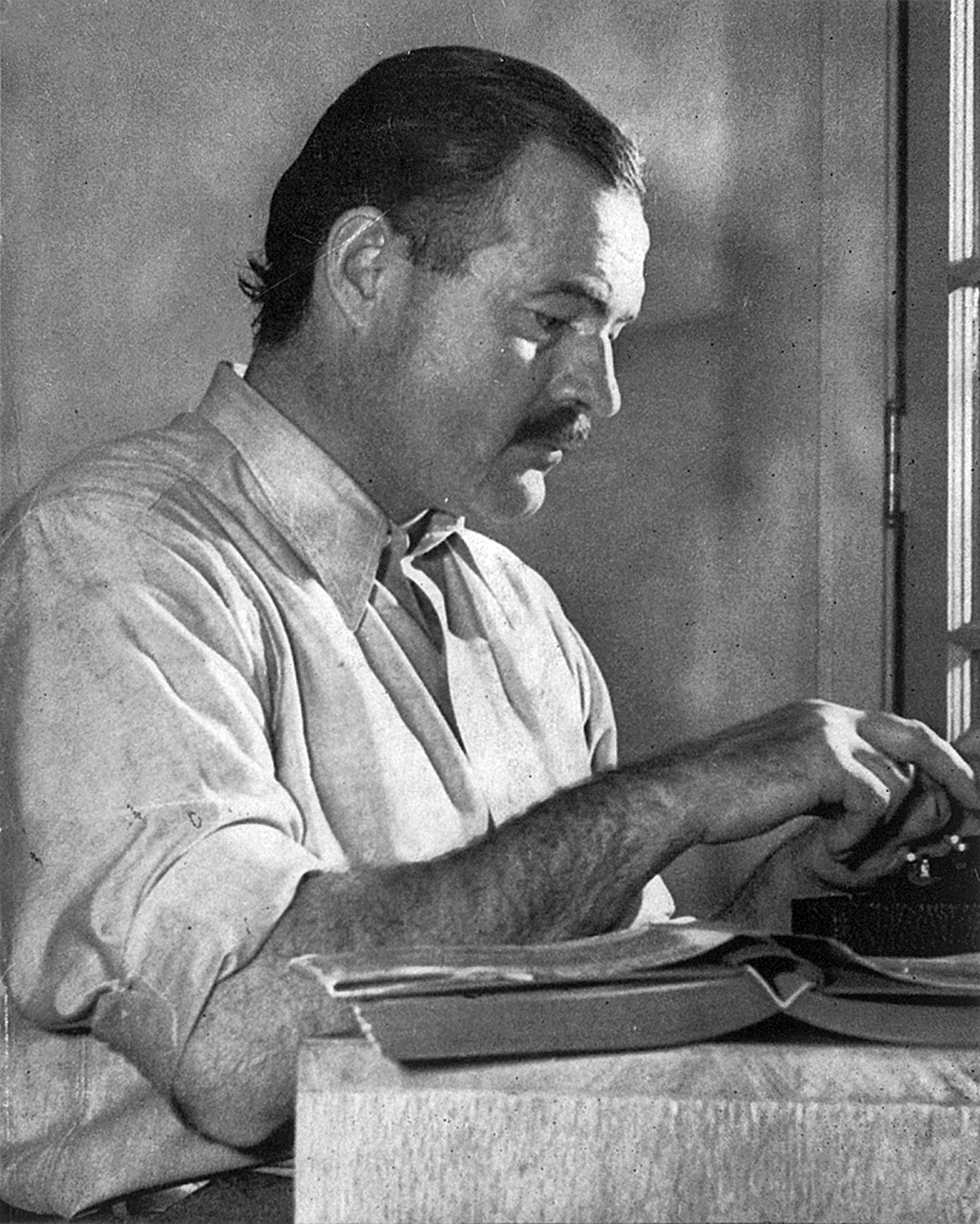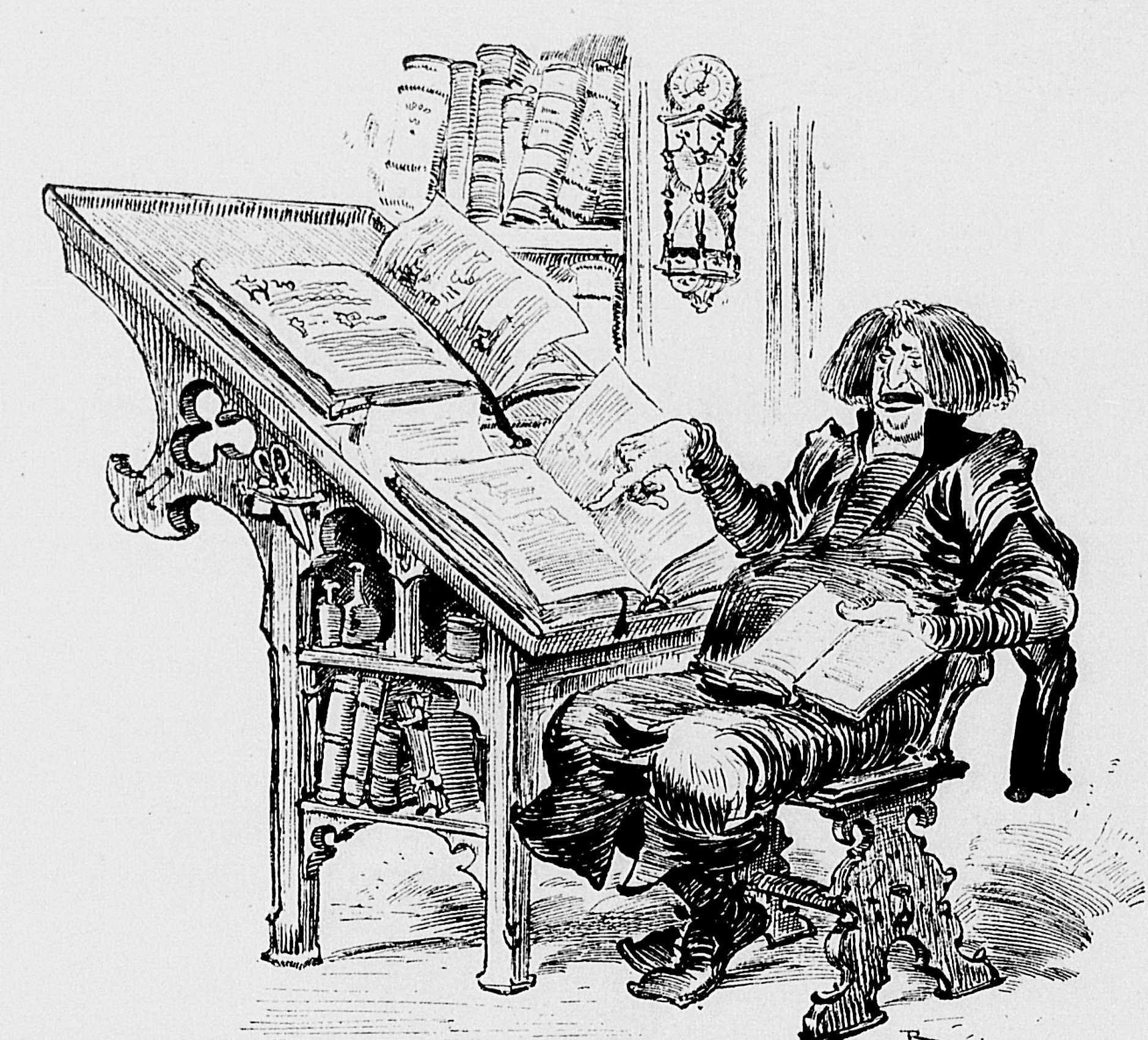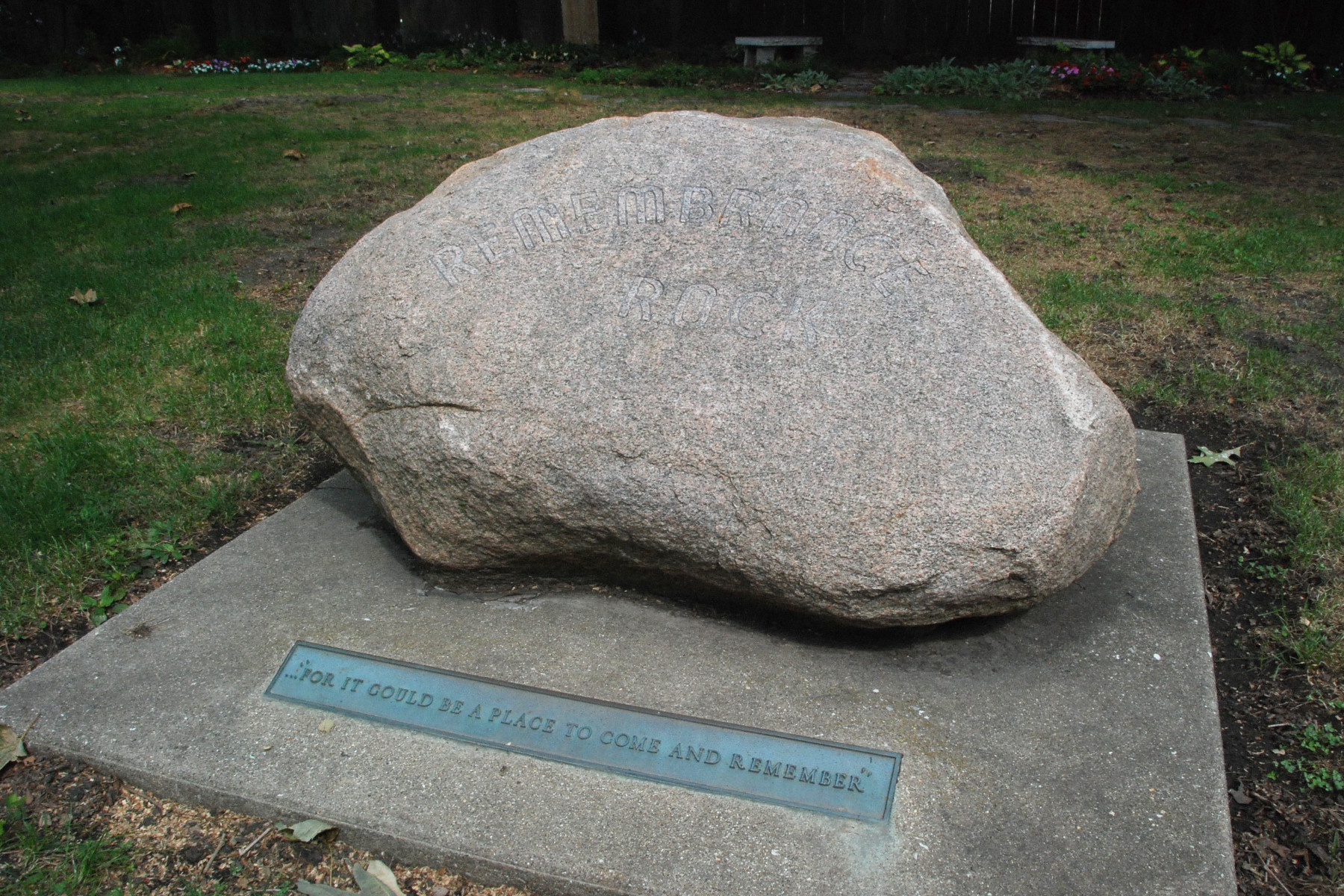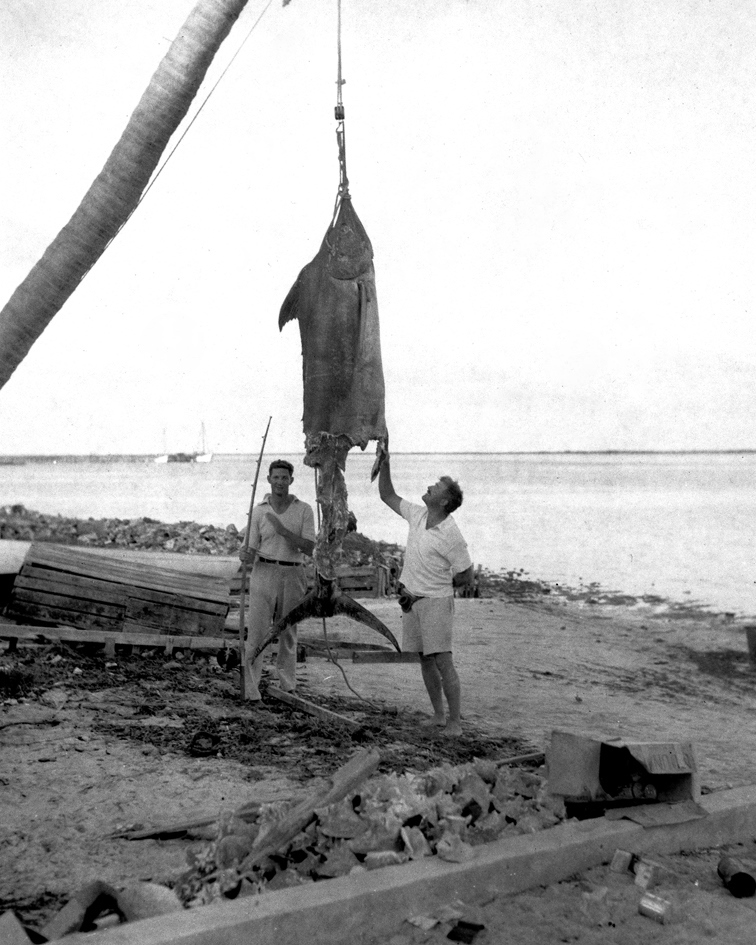|
Theory Of Omission
The iceberg theory or theory of omission is a writing technique coined by American writer Ernest Hemingway. As a young journalist, Hemingway had to focus his newspaper reports on immediate events, with very little context or interpretation. When he became a writer of short stories, he retained this minimalistic style, focusing on surface elements without explicitly discussing underlying themes. Hemingway believed the deeper meaning of a story should not be evident on the surface, but should shine through implicitly. Background Like many other writers, Hemingway worked as a journalist before becoming a novelist. After graduating from high school he went to work as a cub reporter for ''The Kansas City Star'', where he quickly learned that truth often lurks below the surface of a story. He learned about corruption in city politics, and that in hospital emergency rooms and police stations a mask of cynicism was worn "like armour to shield whatever vulnerabilities remained". In his p ... [...More Info...] [...Related Items...] OR: [Wikipedia] [Google] [Baidu] |
ErnestHemingway
Ernest Miller Hemingway (July 21, 1899 – July 2, 1961) was an American novelist, short-story writer, and journalist. His economical and understated style—which he termed the iceberg theory—had a strong influence on 20th-century fiction, while his adventurous lifestyle and public image brought him admiration from later generations. Hemingway produced most of his work between the mid-1920s and the mid-1950s, and he was awarded the 1954 Nobel Prize in Literature. He published seven novels, six short-story collections, and two nonfiction works. Three of his novels, four short-story collections, and three nonfiction works were published posthumously. Many of his works are considered classics of American literature. Hemingway was raised in Oak Park, Illinois. After high school, he was a reporter for a few months for ''The Kansas City Star'' before leaving for the Italian Front to enlist as an ambulance driver in World War I. In 1918, he was seriously wounded and returne ... [...More Info...] [...Related Items...] OR: [Wikipedia] [Google] [Baidu] |
Subtext
Subtext is any content of a creative work, which is not announced explicitly (by characters or author), but is implicit, or becomes something understood by the audience. Subtext has been used historically to imply controversial subjects without drawing the attention (or wrath) of Censorship, censors. This has been especially true in comedy; it is also common in science fiction, where it can be easier—and/or safer—to deliver a social critique if, e.g., set in a time other than the (author's) present. Definitions Subtext is content "sub" i.e. "under" (with the sense of "hidden beneath") the verbatim wording; readers or audience must "gather" subtext "reading between the lines" or Inference, inferring meaning, a process needed for a clear and complete understanding of the text. A meaning stated explicitly is, by definition not subtext (for lack of hiding), and writers may be criticized for failure artfully to create and use subtext; such works may be faulted as too "on the no ... [...More Info...] [...Related Items...] OR: [Wikipedia] [Google] [Baidu] |
Casuistry
In ethics, casuistry ( ) is a process of reasoning that seeks to resolve moral problems by extracting or extending theoretical rules from a particular case, and reapplying those rules to new instances. This method occurs in applied ethics and jurisprudence. The term is also commonly used as a pejorative to criticize the use of clever but unsound reasoning, especially in relation to moral questions (as in sophistry). It is the " udy of cases of conscience and a method of solving conflicts of obligations by applying general principles of ethics, religion, and moral theology to particular and concrete cases of human conduct. This frequently demands an extensive knowledge of natural law and equity, civil law, ecclesiastical precepts, and an exceptional skill in interpreting these various norms of conduct." It remains a common tool for applied ethics. Etymology According to the Online Etymological Dictionary, the term and its agent noun "casuist", appearing from about 1600, derive f ... [...More Info...] [...Related Items...] OR: [Wikipedia] [Google] [Baidu] |
Case-based Reasoning
In artificial intelligence and philosophy, case-based reasoning (CBR), broadly construed, is the process of solving new problems based on the solutions of similar past problems. In everyday life, an auto mechanic who fixes an engine by recalling another car that exhibited similar symptoms is using case-based reasoning. A lawyer who advocates a particular outcome in a trial based on legal precedents or a judge who creates case law is using case-based reasoning. So, too, an engineer copying working elements of nature (practicing biomimicry), is treating nature as a database of solutions to problems. Case-based reasoning is a prominent type of analogy solution making. It has been argued that case-based reasoning is not only a powerful method for computer reasoning, but also a pervasive behavior in everyday human problem solving; or, more radically, that all reasoning is based on past cases personally experienced. This view is related to prototype theory, which is most deepl ... [...More Info...] [...Related Items...] OR: [Wikipedia] [Google] [Baidu] |
Abductive Reasoning
Abductive reasoning (also called abduction,For example: abductive inference, or retroduction) is a form of logical inference formulated and advanced by American philosopher Charles Sanders Peirce beginning in the last third of the 19th century. It starts with an observation or set of observations and then seeks the simplest and most likely conclusion from the observations. This process, unlike deductive reasoning, yields a plausible conclusion but does not positively verify it. Abductive conclusions are thus qualified as having a remnant of uncertainty or doubt, which is expressed in retreat terms such as "best available" or "most likely". One can understand abductive reasoning as inference to the best explanation, although not all usages of the terms ''abduction'' and ''inference to the best explanation'' are exactly equivalent. In the 1990s, as computing power grew, the fields of law, computer science, and artificial intelligence researchFor examples, seeAbductive Inference i ... [...More Info...] [...Related Items...] OR: [Wikipedia] [Google] [Baidu] |
Time (magazine)
''Time'' (stylized in all caps) is an American news magazine based in New York City. For nearly a century, it was published Weekly newspaper, weekly, but starting in March 2020 it transitioned to every other week. It was first published in New York City on March 3, 1923, and for many years it was run by its influential co-founder, Henry Luce. A European edition (''Time Europe'', formerly known as ''Time Atlantic'') is published in London and also covers the Middle East, Africa, and, since 2003, Latin America. An Asian edition (''Time Asia'') is based in Hong Kong. The South Pacific edition, which covers Australia, New Zealand, and the Pacific Islands, is based in Sydney. Since 2018, ''Time'' has been published by Time USA, LLC, owned by Marc Benioff, who acquired it from Meredith Corporation. History ''Time'' has been based in New York City since its first issue published on March 3, 1923, by Briton Hadden and Henry Luce. It was the first weekly news magazine in the United St ... [...More Info...] [...Related Items...] OR: [Wikipedia] [Google] [Baidu] |
Isak Dinesen
Baroness Karen Christenze von Blixen-Finecke (born Dinesen; 17 April 1885 – 7 September 1962) was a Danish author who wrote works in Danish and English. She is also known under her pen names Isak Dinesen, used in English-speaking countries, Tania Blixen, used in German-speaking countries, Osceola, and Pierre Andrézel. Blixen is best known for '' Out of Africa'', an account of her life while living in Kenya, and for one of her stories, ''Babette's Feast'', both of which have been adapted into Academy Award–winning motion pictures. She is also noted, particularly in Denmark, for her '' Seven Gothic Tales''. Among her later stories are ''Winter’s Tales'' (1942), ''Last Tales'' (1957), ''Anecdotes of Destiny'' (1958) and ''Ehrengard'' (1963). Blixen was considered several times for the Nobel Prize in Literature, but it wasn't awarded because judges were reportedly concerned about showing favoritism to Scandinavian writers, according to Danish reports. Biography Early l ... [...More Info...] [...Related Items...] OR: [Wikipedia] [Google] [Baidu] |
Carl Sandburg
Carl August Sandburg (January 6, 1878 – July 22, 1967) was an American poet, biographer, journalist, and editor. He won three Pulitzer Prizes: two for his poetry and one for his biography of Abraham Lincoln. During his lifetime, Sandburg was widely regarded as "a major figure in contemporary literature", especially for volumes of his collected verse, including '' Chicago Poems'' (1916), ''Cornhuskers'' (1918), and ''Smoke and Steel'' (1920). He enjoyed "unrivaled appeal as a poet in his day, perhaps because the breadth of his experiences connected him with so many strands of American life". When he died in 1967, President Lyndon B. Johnson observed that "Carl Sandburg was more than the voice of America, more than the poet of its strength and genius. He was America." Life Carl Sandburg was born in a three-room cottage at 313 East Third Street in Galesburg, Illinois, to Clara Mathilda (née Anderson) and August Sandberg, Sandburg's father's last name was originally "Danielso ... [...More Info...] [...Related Items...] OR: [Wikipedia] [Google] [Baidu] |
Nobel Prize In Literature
) , image = Nobel Prize.png , caption = , awarded_for = Outstanding contributions in literature , presenter = Swedish Academy , holder = Annie Ernaux (2022) , location = Stockholm, Sweden , year = 1901 , reward = 10 million SEK (2022) , website = , year2 = 2022 , holder_label = Currently held by , previous = 2021 , main = 2022 , next = 2023 The Nobel Prize in Literature (here meaning ''for'' literature) is a Swedish literature prize that is awarded annually, since 1901, to an author from any country who has, in the words of the will of Swedish industrialist Alfred Nobel, "in the field of literature, produced the most outstanding work in an idealistic direction" (original Swedish: ''den som inom litteraturen har producerat det utmärktaste i idealisk rigtning''). Though individual works are sometimes cited as being particularly noteworthy, the award is based on an author's body of work as ... [...More Info...] [...Related Items...] OR: [Wikipedia] [Google] [Baidu] |
The Old Man And The Sea
''The Old Man and the Sea'' is a novella written by the American author Ernest Hemingway in 1951 in Cayo Blanco (Cuba), and published in 1952. It was the last major work of fiction written by Hemingway that was published during his lifetime. One of his most famous works, it tells the story of Santiago, an aging Cuban fisherman who struggles with a giant marlin far out in the Gulf Stream off the coast of Cuba. In 1953, ''The Old Man and the Sea'' was awarded the Pulitzer Prize for Fiction, and it was cited by the Nobel Committee as contributing to their awarding of the Nobel Prize in Literature to Hemingway in 1954. Plot summary Santiago is an aging, experienced fisherman who has gone eighty-four days without catching a fish. He is now seen as "''salao''" (colloquial pronunciation of "''salado''", which means salty), the worst form of unlucky. Manolin, a young man whom Santiago has trained since childhood, has been forced by his parents to work on a luckier boat. Manolin re ... [...More Info...] [...Related Items...] OR: [Wikipedia] [Google] [Baidu] |
Symbolism (arts)
Symbolism was a late 19th-century art movement of French art, French and Art of Belgium, Belgian origin in poetry and other arts seeking to represent absolute truths symbolically through language and metaphorical images, mainly as a reaction against Naturalism (literature), naturalism and Realism (arts), realism. In literature, the style originates with the 1857 publication of Charles Baudelaire's ''Les Fleurs du mal''. The works of Edgar Allan Poe, which Baudelaire admired greatly and translated into French, were a significant influence and the source of many stock Trope (literature), tropes and images. The aesthetic was developed by Stéphane Mallarmé and Paul Verlaine during the 1860s and 1870s. In the 1880s, the aesthetic was articulated by a series of manifestos and attracted a generation of writers. The term "symbolist" was first applied by the critic Jean Moréas, who invented the term to distinguish the Symbolists from the related decadent movement, Decadents of literat ... [...More Info...] [...Related Items...] OR: [Wikipedia] [Google] [Baidu] |
Across The River And Into The Trees
''Across the River and Into the Trees'' is a novel by American writer Ernest Hemingway, published by Charles Scribner's Sons in 1950, after first being serialized in ''Cosmopolitan'' magazine earlier that year. The title is derived from the last words of U.S. Civil War Confederate General Thomas J. "Stonewall" Jackson: “Let us cross over the river and rest under the shade of the trees.” Hemingway's novel opens with Colonel Richard Cantwell, a 50-year-old US Army officer, duck hunting near Venice, Italy at the close of World War II. It is revealed that Cantwell has a terminal heart condition, and most of the novel takes the form of a lengthy flashback, detailing his experiences in Italy during World War I through the days leading up to the duck hunt. The bulk of the narrative deals with his star-crossed romance with a Venetian woman named Renata who is over thirty years his junior. During a trip to Italy not long before writing the novel, Hemingway met young Adriana Ivancich ... [...More Info...] [...Related Items...] OR: [Wikipedia] [Google] [Baidu] |










